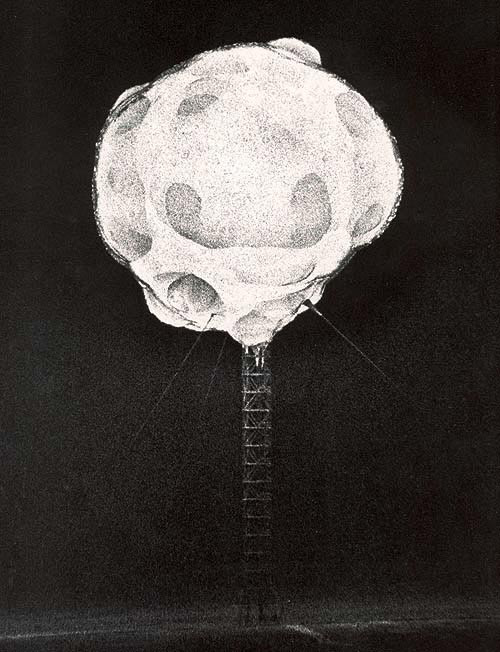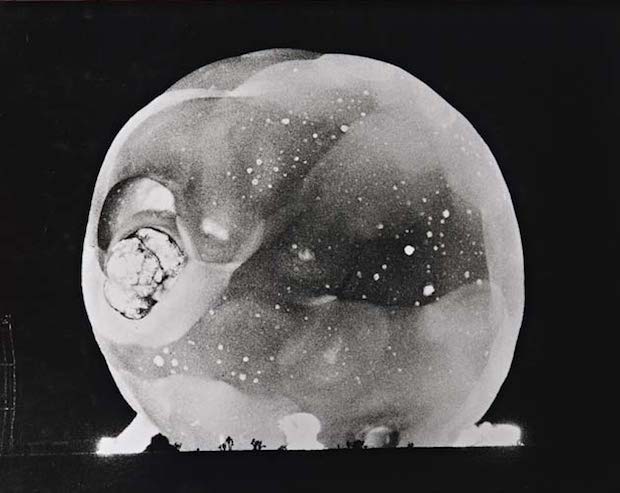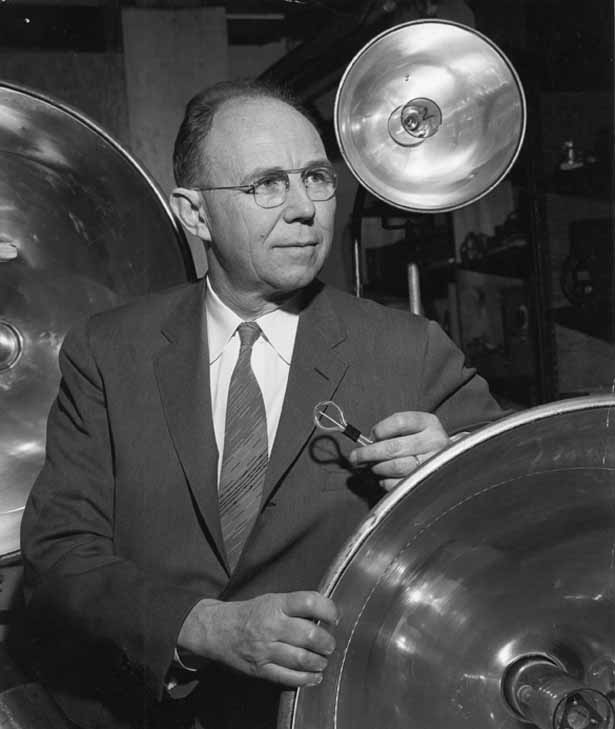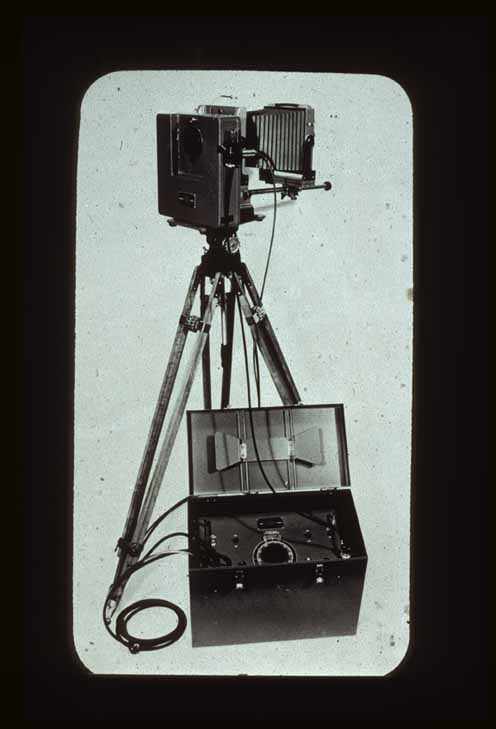Even though he hadn’t been a photographer by profession, he became known outside of academic circles for his high-speed photography. Among Harold Edgertons’ most famous photos are fast motion sequences such as bullets in mid-air or sequences of nuclear explosions. As an electrical engineer, he invented the electric stroboscope and the Rapatronic camera. If you think your digital camera with a shortest exposure time of 1/8000 of a second is fast, you should read the Wikipedia text on Edgertons Rapatronic: “…exposure time as brief as 10 nanoseconds” or, in photography jargon 1/100,000,000 of a second. Not bad, right? My SD1M cannot keep up with this. 😉
Source: MIT Museum Collections
Two photos of the Rapatronic:
Source: MIT Museum Collections
Well what can you shoot with a camera like this? Something like that, for instance:

The following shot was taken a reeeaaally short time after the first one.

Another splitsecond later this photo was taken.

For someone who didn’t consider himself an artist, Edgerton took many photos that are intriguing, awe-inspiring and beautiful at the same time. 🙂




Light travels approximately 10 feet in 10 nanoseconds (3×10^8m/s). I think the correct statement above should have been that the camera shutter was only open for 10 nanoseconds to expose the film in each shot and not that the photos were taken 10ns apart. Given that the tower is likely more than 75feet tall, it would take more than 70ns for the ball to go from center frame to ground if it was moving at the speed of light. It was probably moving much, much slower, otherwise the ground under the tower would not have had time to become illuminated by the fireball and reach the camera.
You are right. Thanks for bringing that up.